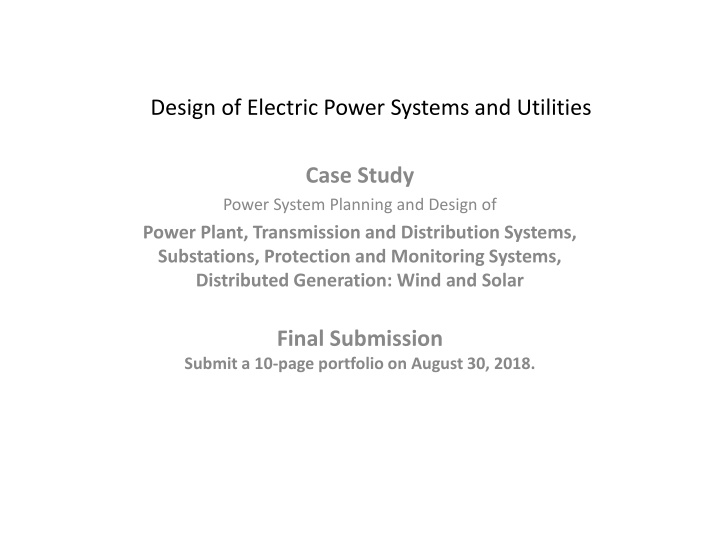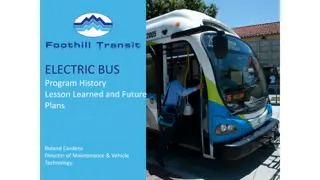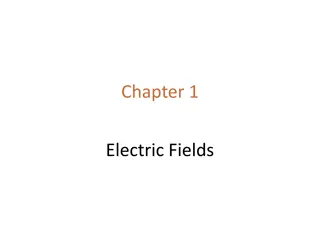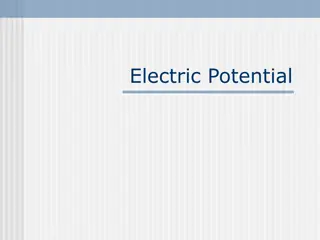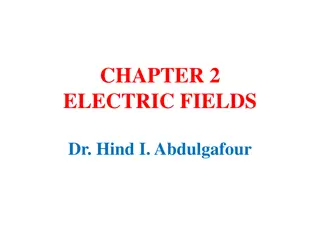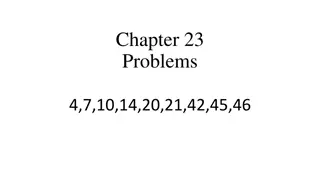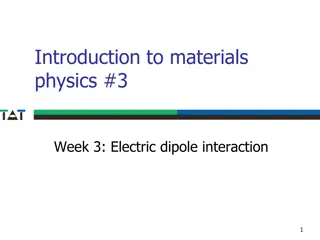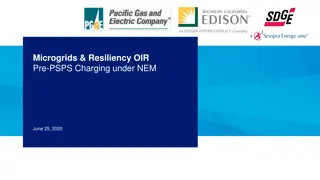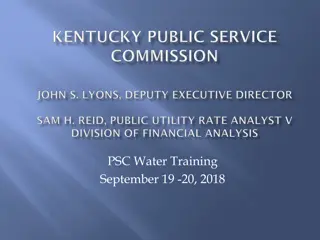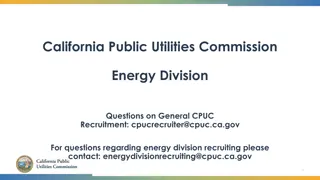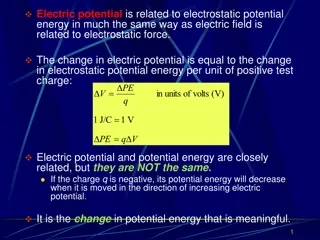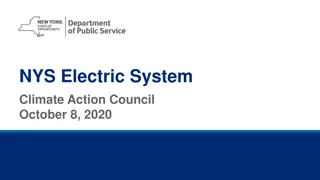Design of Electric Power Systems and Utilities
This case study focuses on the design and planning of a power system, including transmission lines, substations, protection systems, and distributed generation. It involves selecting suitable conductors, designing transmission lines, and implementing protection features against faults and lightning effects.
Download Presentation

Please find below an Image/Link to download the presentation.
The content on the website is provided AS IS for your information and personal use only. It may not be sold, licensed, or shared on other websites without obtaining consent from the author.If you encounter any issues during the download, it is possible that the publisher has removed the file from their server.
You are allowed to download the files provided on this website for personal or commercial use, subject to the condition that they are used lawfully. All files are the property of their respective owners.
The content on the website is provided AS IS for your information and personal use only. It may not be sold, licensed, or shared on other websites without obtaining consent from the author.
E N D
Presentation Transcript
Design of Electric Power Systems and Utilities Case Study Power System Planning and Design of Power Plant, Transmission and Distribution Systems, Substations, Protection and Monitoring Systems, Distributed Generation: Wind and Solar Final Submission Submit a 10-page portfolio on August 30, 2018.
Case Study Initial Statement Consider a power plant that delivers a transmission line with a voltage of Vs= 500 kV and current Isof 1800 A at 60 Hz. The transmission line feeds the city of Nanjing that is 200 km away from the power plant. A substation located 250 km away from the station is proposed to maintain the voltage at 240 kV as the minimum voltage delivered to Nanjing, with a peak current, IRof 1600 A. Design the above system to meet current and future system requirements of load growth, taking into consideration the following:
Part 1: Transmission System Draw the details of the entire power system. Power Plant: Include general specifications of generators and drivers including number of drive trains. Transmission Line Characteristics: Estimate the performance of the system in terms of efficiency and voltage regulation. Set up specifications for the transmission line in terms of conductors (resistance; inductance; capacitance); insulators; towers; line loadability, etc. Include appropriate figures for towers and insulators. Identify the three-phase line as single circuit or double circuit. Generation, Transmission, and Include site selection, transformer power ratings, turns ratio, grounding; configurations, efficiency; components of each substation with specifications. appropriate. Distribution Substations: Include figures where
Transmission Line Design Considerations Select a suitable conductor for the overhead transmission line: ACSR; AAAC; ACAR, or others. Select a suitable tower: number of circuits; number of conductors per phase; type and details of insulators; tower/line protection specifications; and characteristics of shield wires. Estimate the current that flows in each conductor. Based on this current, the size of the conductor can be estimated. Then use tables to find the parameters such as R, L, and C, then to find Z and Y. Build your transmission line model to find ABCD constants. Find Vs, Is, Vr, Irof each section of the transmission line. Find the efficiency and voltage regulation.
Part 2: Protection System Based on the transmission system given in Part 1, provide all protection, control, and monitoring features taking into consideration the following facts: Provide appropriate protection zoning Provide techniques to protect the system against faults and lightning effects. Provide type and rating of protection equipment for power plant, substations, buses, and transmission lines Provide circuit diagrams of the proposed relays (for example, impedance and differential). Propose and describe shunt connected FACTS devices STATCOM and SVC . Relate the technical specifications of all the proposed features to the appropriate standards.
Part 3: Distribution System Continue designing the distribution and utilization system to provide electricity to the city. Take into consideration the following: Specifications of the distribution substation including number and type of transformers; configurations; neutral grounding, etc. The proposed topologies of distribution system for various types of loads: high- and low-density areas. Protection system for transformers, feeders and laterals with technical specifications. Specifications of utilization transformers. Your design ends up with three typical loads: residential, commercial, and industrial. Show the sizing of required transformers. Continue with commercial feeder to design the power system for NUAA campus.
Part 4: Distributed Generation (Wind and/or Solar) Design a 2 MW wind and/or solar farm inside NUAA campus. Conduct an analysis to determine the feasibility of wind and/or solar at NUAA campus. Add a storage energy system to the farm. Connect the farm to the main transformer(s). Design a proper protection system for the system. Treat NUAA campus as a microgrid. Size and specify the components of the desired system.
Portfolio of 4 Parts Submit an about 10-page portfolio covering the 4 parts of the case. A hardcopy should be submitted by August 30, 2018. Start your portfolio with a one-page block diagram that shows the entire generation, transmission, distribution systems and distributed resources (wind and/or solar). All components of the system should be properly selected and sized including protection and lightning systems. Relate all the specifications of the proposed features to the appropriate international and national standards.
